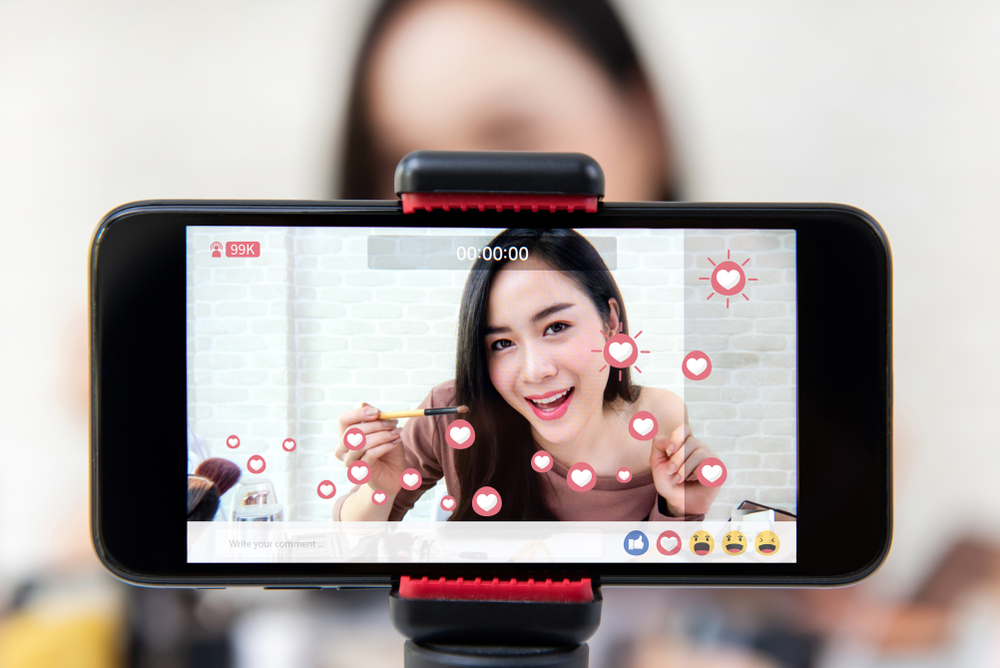“Brand protection” may typically refer to the actions a rights holder takes to defend its intellectual property (IP)—but there’s a lot more to it than that. In our opinion, companies need to not only protect their trademarks, but also their reputations. And that means there are a ton of things you need to keep your eye on, from social media trends to employee expectations. With that in mind, here are five considerations that can help shape your brand protection strategy this year.
1. IP Risk Management Is Table Stakes (Always)
Your IP is very valuable to your brand…and to scammers, grifters and thieves. Going into 2022, you’ll have to continue fighting against everything from too-similar products entering the market and the misuse of your assets to cybersquatting and cyberpiracy.
What You Can Do: Stay on top of the nuances of IP law, particularly how it might impact your specific industry (both the USPTO and EUIPO have a ton of helpful resources). You can also inform employees about the dangers of IP security threats and let them know how they can help—for instance, by keeping digital and physical doors leading to sensitive data locked. The more robust your strategy, the better.
2. Online Impersonation Is More Rampant Than Ever
Impersonators and counterfeiters have long caused problems for brands—and unfortunately, these forms of online attacks aren’t slowing down. The number of domains suspected of some degree of brand impersonation rose by 366% between May and June 2020, and big-name brands like Gucci, Rolex and Louis Vuitton were among those most heavily-targeted by counterfeiters on TikTok in 2021.
What You Can Do: Consider using a brand monitoring and protection service like IntSights or Mimecast, or ask your customers to help report bad actors through some sort of “brand abuse hotline” (you could even go a step further by hosting these at BrandImpersonation.Sucks and Counterfeiting.Sucks).
3. Social Media Is Continuing to Complicate Things

As social media grows and evolves, there are a million possible problems that your company needs to be aware of, from the TikTok counterfeit issue described above to the risks influencers pose (to both your reputation and legal standing)—and so much more. Not only that, but brands have to constantly learn how to protect themselves on new (and emerging!) channels. In 2021 alone, there were 4.48 billion people actively using social media, an increase of 116% from 2015.
What You Can Do: First and foremost, make sure you understand how to protect your intellectual property on today’s most popular social media channels. Of course, that’s the bare minimum: if you really want to participate on these channels, you need to keep abreast of all the possible risks involved and develop a strategy that protects you—and your customers.
4. Everyone Is Evaluating Corporate Culture and Employee Welfare
Have you heard about Activision Blizzard? The game developer, known for World of Warcraft and Call of Duty, found itself in the middle of a sexual harassment and employee abuse scandal in the latter half of 2021. And now, news that CEO Bobby Kotick knew about the abuse all along has surfaced.
All this goes to show that brand protection starts from the inside out. If you aren’t listening to your employees, challenging problematic behavior and being crystal clear about your policies, your brand is at risk.
What You Can Do: Set up a forum for anonymous employee feedback and concerns, and investigate them like your life depends on it. If you want to be extra cautious, third-party HR services or other watchdog systems can help you remain unbiased.
5. Diversity and Inclusion Is of the Utmost Importance

Springboarding off the above: please don’t wait until there is an issue before taking actions to build a more inclusive, diverse, discrimination-free workplace. Today, brand protection involves a lot more than copyrights and trademarks—it means building the strongest business foundation you can. And the best way to do that is to incorporate different experiences and points of view.
According to one report, diversity in advertisements encourages up to 64% of potential customers to make a purchase. And for 34% of people, diversity and inclusion initiatives play an ongoing role in where they assign their loyalty across brands.
What You Can Do: Take this seriously and give consumers concrete action over PR fluff. Share what your company is doing to create a more diverse, inclusive, sustainable and socially conscious brand. We don’t care if you do this on a website, in an email newsletter or on social media—just make sure you do it.
The Takeaway
Brand protection isn’t new—but the start of 2022 certainly represents an opportunity to take a new approach and form a new strategy. By keeping the above five trends in mind, you’ll be able to protect your brand from all angles.
Sign up for our newsletter so you never miss learning how to protect your online identity, provide for your customers and progress your brand.
Photo Credits: Jacob Lund / Shutterstock, Atstock Productions / Shutterstock, fizkes / Shutterstock










